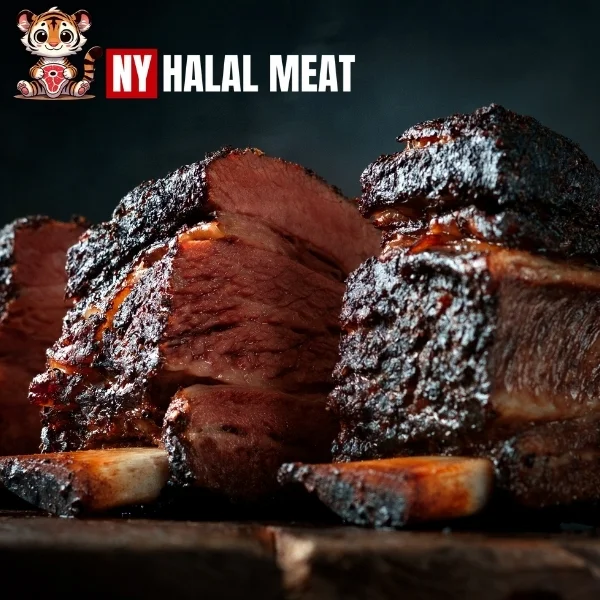How to Smoke Beef Brisket Like a Pro: Guide for Beginners
Smoking beef brisket is a refined skill. A perfectly smoked brisket, juicy and tender with a smoky crust, requires time, techniques, and tools. This guide covers every step, from selecting and preparing the meat to smoking it for the best results.
1. Selecting the Best Brisket for Smoking
Marbling: Look for even fat marbling throughout the brisket, as this helps to maintain moisture during cooking.
Size: A brisket around 10-15 pounds usually yields the best results. Smaller cuts may cook faster but could compromise tenderness.
2. Prepping the Brisket for Smoking
Trimming the Fat: Leave about ¼ inch of fat on the brisket for flavor and moisture retention during smoking.
Seasoning: Use a generous rub of salt, pepper, garlic powder, and paprika. Apply evenly and press into the meat for better flavor.
3. Preparing Your Smoker
Wood Type: Use hardwoods like oak, hickory, or mesquite for a rich, smoky flavor.
Temperature Control: Preheat the smoker to 225-250°F (107-121°C) for a slow and steady cook.
Water Pan: Place a water pan in the smoker to maintain moisture during the process.
4. Brisket Smoking Process
Initial Smoking: Place brisket on the smoker with the fat side up. Smoke for 5-6 hours until the internal temperature reaches 165°F (74°C).
Wrapping the Brisket: At 165°F, wrap the brisket in butcher paper or foil to preserve moisture and avoid “stalling.”
Finishing Smoke: Continue smoking until the internal temperature reaches 203°F (95°C), usually taking an additional 5-6 hours.
5. Resting the Brisket: The Key to Tenderness
Resting Time: Let the brisket rest in a warm area for about an hour to allow juices to redistribute.
Slicing: For maximum tenderness, slice the brisket against the grain.
6. Tips and Troubleshooting for Smoked Brisket
- Avoid Lifting the Lid: Avoid opening the smoker frequently, as this lets heat escape and slows the cooking process.
- Handling the Stall: When the temperature stalls around 150-170°F, wrap the brisket to retain steam and move past this phase.
- Use a Meat Thermometer: A meat thermometer is crucial for tracking internal temperature accurately.
7. Serving Suggestions for Smoked Brisket

Classic Sides: Serve with baked beans, coleslaw, potato salad, and cornbread for a balanced meal.
Sauces: A tangy BBQ sauce or horseradish-based sauce complements smoked brisket well.
Leftover Ideas: Transform leftover brisket into sandwiches, tacos, or nachos for a creative twist.
Conclusion
Mastering smoked brisket takes time and patience, but following these steps can make the process easier. With the right cut, seasoning, smoker setup, and attention to detail, you’ll be smoking brisket like a pro in no time!
“`


